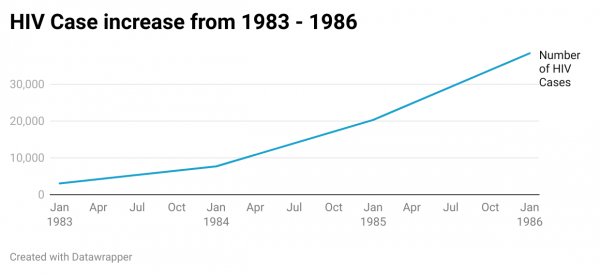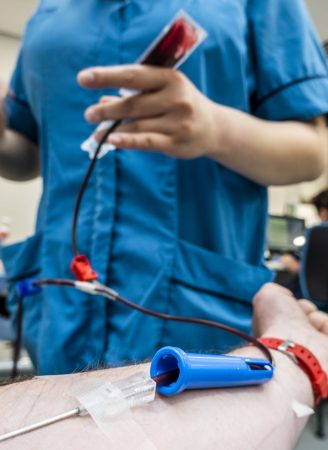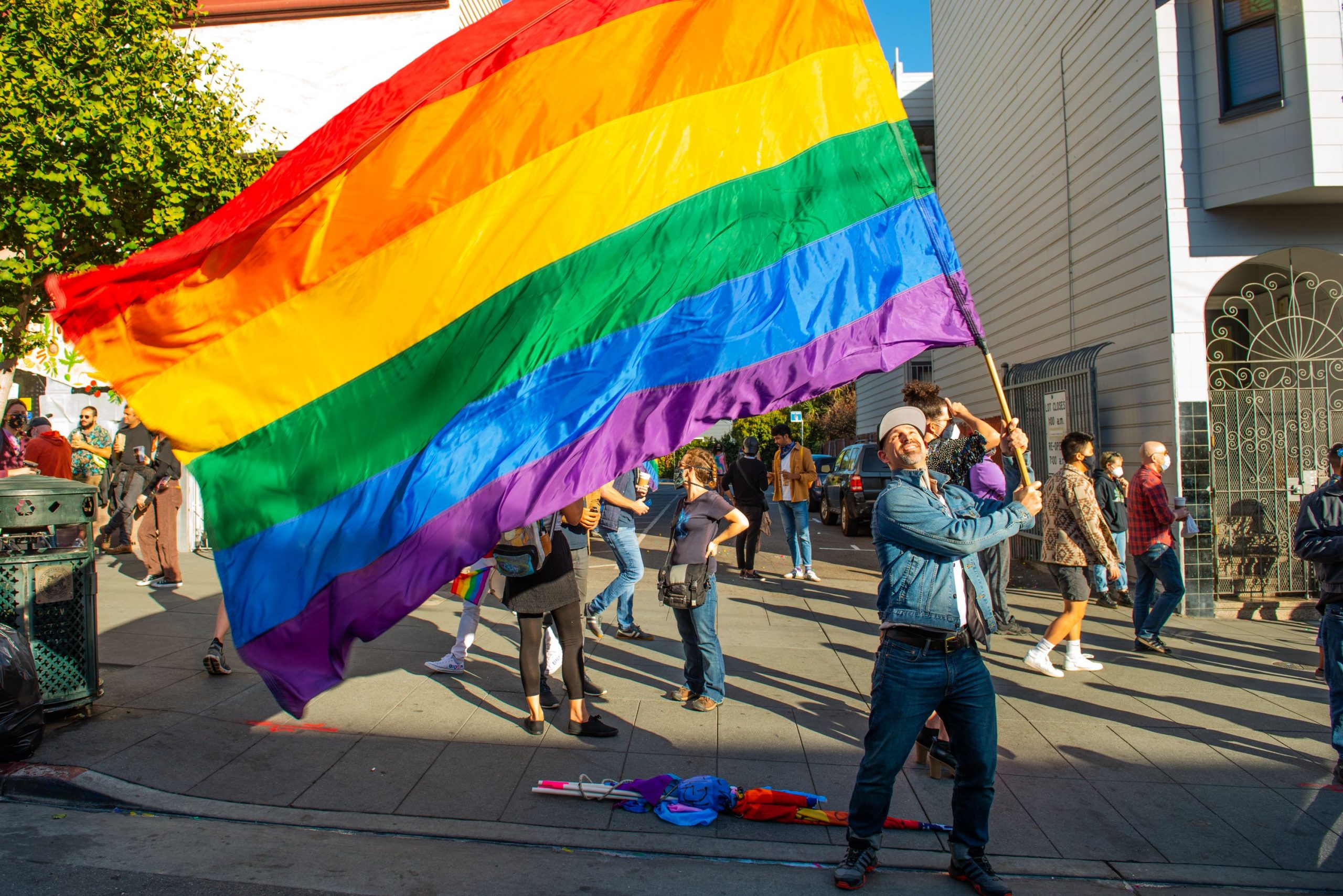The rules on who can donate blood in England, Scotland and Wales are set to change, at the earliest in summer 2021.
The new criteria will focus more on individual assessments rather than a complete blanket ban across men that sleep with men (MSM).
Those in a long-term relationship, more than three months, would be allowed to donate regardless of gender and sexual orientation.
The regulations however do now affect anyone who has had anal sex with a new partner within the past three months, no matter their gender or sexual orientation. This includes heterosexuals.
Tahreem Bhatti, communications officer at NHS Blood and Transplant, said:
“The decision to remove the current deferral was taken by the government, supported by advice made to SaBTO (The Advisory Committee on the Safety of Blood, Tissues and Organs) by the NHSBT (NHS Blood and Transplant) led FAIR (For the Assessment of Individualised Risk) steering group. We support this decision, based on a review of the latest evidence.”
Rewind back to 1981 and we can explore the history behind blood donation. Even with the new 2021 rules, I believe we’ve still got a long way to go.
It’s 1981, and there have been 270 reported cases of severe immune deficiency among gay men, 121 of whom had died. In June 1982, the immune deficiency is suggested to be related to sex and later referred to as GRID, gay-related immune deficiency. The following September the word AIDS (acquired immunodeficiency syndrome) was first used. By the end of the year, The Terrence Higgins Trust was created in the UK.
In 1984, a screening process via a blood test is developed with hopes a vaccine against the HIV virus that can lead to AIDS could be developed within the next two years. San Francisco has closed all bathhouses and private sex clubs due to high-risk activity. HIV, formally GRID, spreads from person to person via infected blood or bodily fluids.
Blood banks in the United States begin screening blood supplies for HIV in 1985.
In March 1989, 145 countries have reported 142,000 AIDS cases. However, the World Health Organisation (WHO) estimated there were up to 400,000 cases worldwide. A person with AIDS can only expect to live for around 3 years without medication.

Data collated from an article by a UK-based HIV charity Avert.
By 1987 WHO estimated that somewhere between 5 – 10 million people, wordwide, were living with HIV.
In 1991 Freddie Mercury from Queen dies. He wasn’t out at the time.
So who is partially to blame for the stigma against gay men and HIV?
During her time as Prime Minister, Margaret Thatcher’s response to the 1980’s AIDS epidemic was controversial:
“Right from the beginning Margaret was a sceptic about having this major campaign … on the dangers of contracting HIV and how you could avoid it,” Lord Fowler told the BBC.
Thatcher also banned schools from “promoting the teaching of the acceptability of homosexuality as a pretended family relationship.”
It wasn’t until July 2012 when PrEP was introduced. PrEP is used to prevent HIV-negative people from the sexual transmission of HIV. PrEP has recently been made available, to MSM, on the NHS after successful test trials.
The AIDS crisis coincided with the UK infected blood scandal and is the cause of restrictions on blood donation that last to this day. During the 1970’s and 1980s people with haemophilia and bleeding disorders were unknowingly given blood, from the USA, which was infected with HIV and hepatitis viruses. Estimates show that around 3,000 people died as a result.
In 1980, MSM were banned from donating blood in the UK indefinitely.
This was reduced to a one-year deferral period. From 2011 MSM could donate blood after abstaining from sex for a year. Even if safe sex took place MSM still weren’t allowed to donate.
Fast forward to 2017, the abstinence period was reduced from 1 year to 3 months. Many people felt as though these rules were outdated and homophobic. PrEP was wildly available, and most gay men are tested more regularly than straight men.

Personally, I was tested five times in 2020. I was in a committed relationship the whole year, yet my doctors felt I required a sexual health screening for every medical issue I reported. I feel as though the stigma against gay men and our sexual health exists to this day. I am not the only one.
In 2019 UNILAD introduced ‘The illegal Blood Bank’ which was designed to protest the discriminatory rule. It aimed to use a new individualised risk assessment that would allow a variety of blood donors.
Dr Su Brailsford, Consultant in Epidemiology and Health Protection for NHSBT told UNILAD,
“We’re already working collaboratively with LGBT+ groups on blood donation, through the FAIR steering group.
This group is using an evidence-based approach to explore if a more individualised blood donation risk assessment can be safely and practically introduced, while ensuring the safe supply of blood to patients.
We want to give as many people as possible the opportunity to donate while continuing to ensure the safety of patients remains our number one priority.”
It was announced in December 2020 that the rules on blood donations will be eased for MSM in the UK. Britain’s health secretary stated that the decision was “a fundamental shift toward recognizing people are individuals.”

